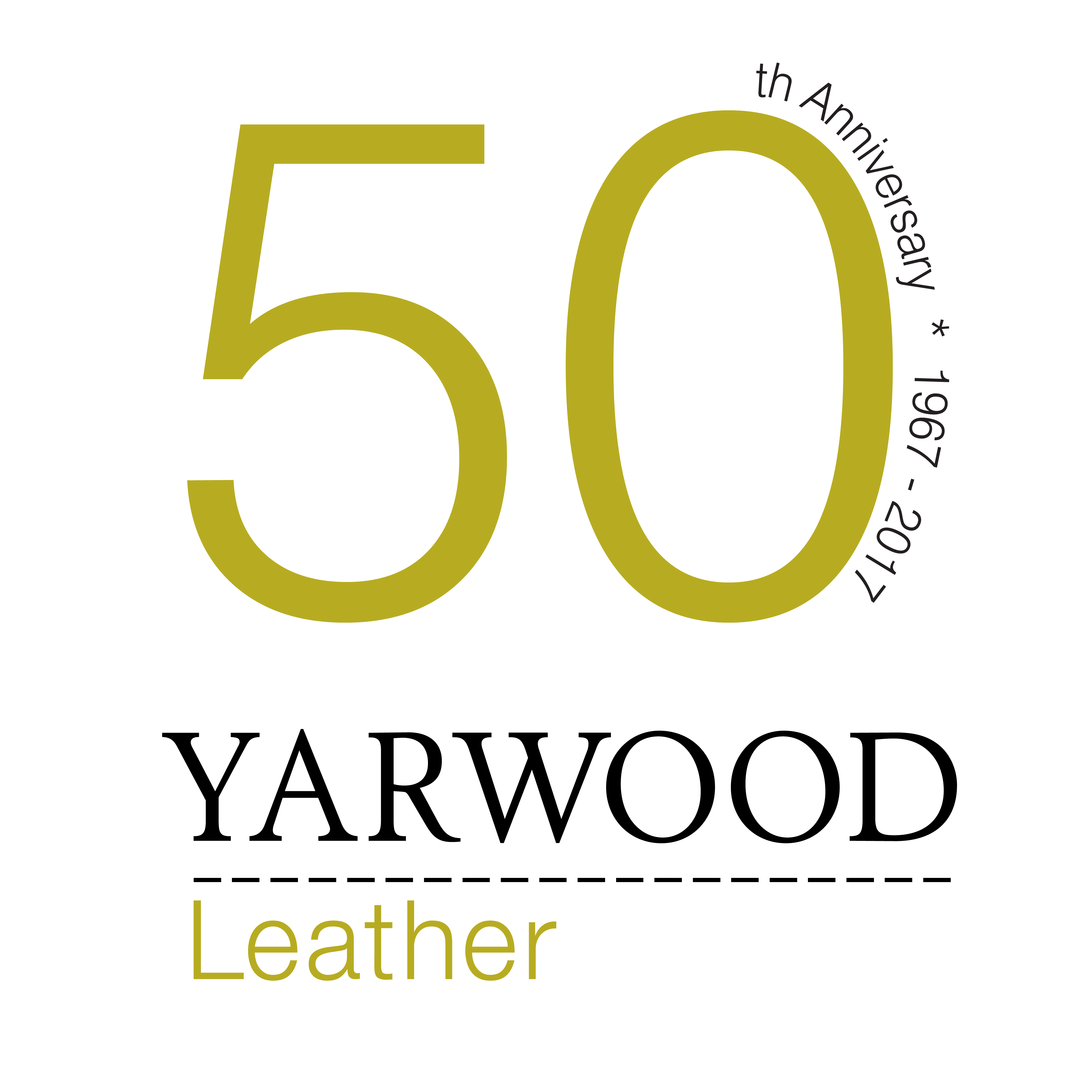29 April 2020
Understanding leather markings
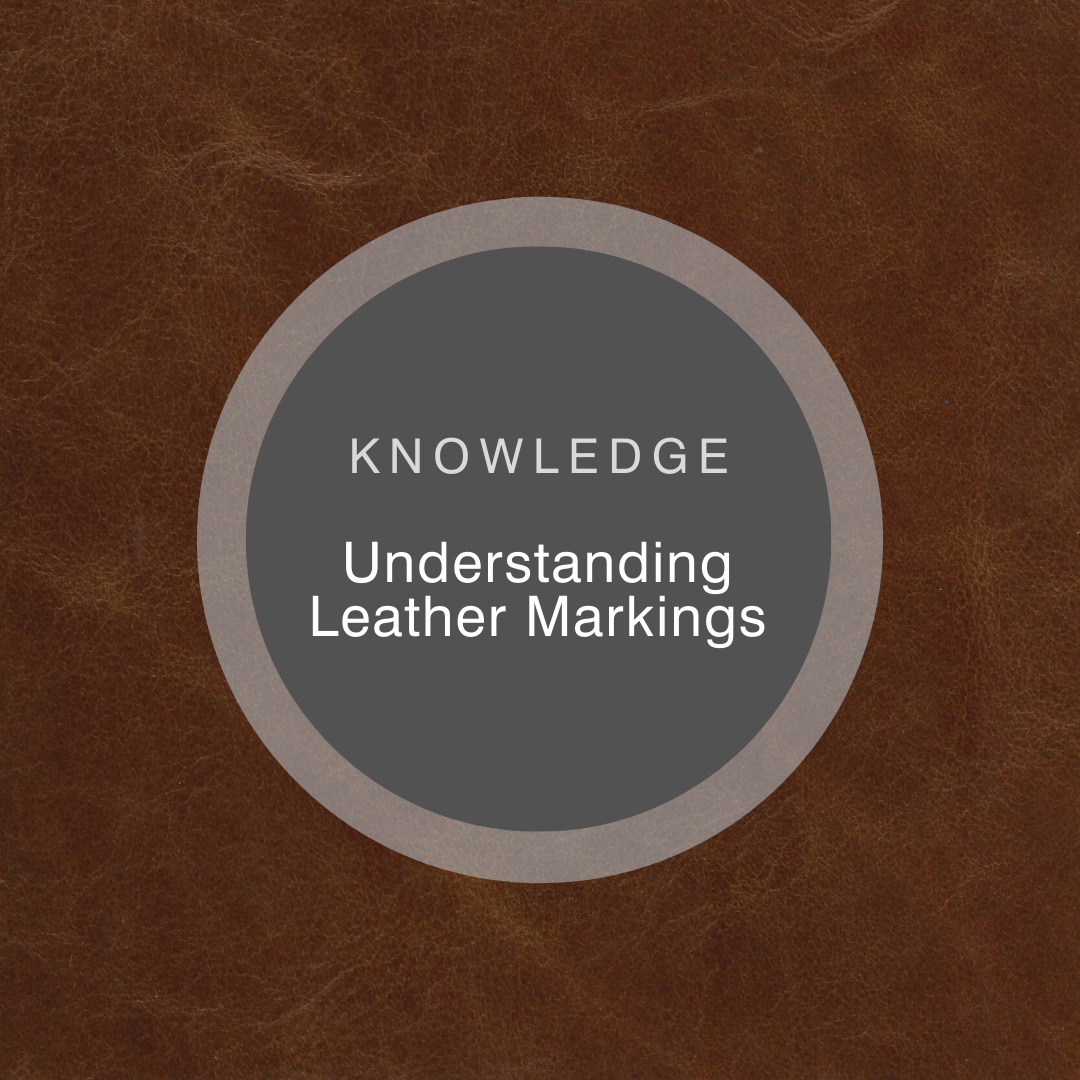
No two animal hides or skins are identical, just as no two people’s skins are the same, with everyone having different cuts, scars and hair follicle sizes. Here, we take a detailed look at the natural characteristics that occur throughout an animal’s lifetime and highlight how they add character and individuality to leather.
Neck grains
The majority of animals used to make leather will naturally graze on grass. This involves them bending and stretching their necks daily in order to feed. This constant moving creates creases and growth marks on the back of the neck. As the age of the animal increases, the number and size of the neck grain will also increase. On finished leather, these grains will appear as textured lines.
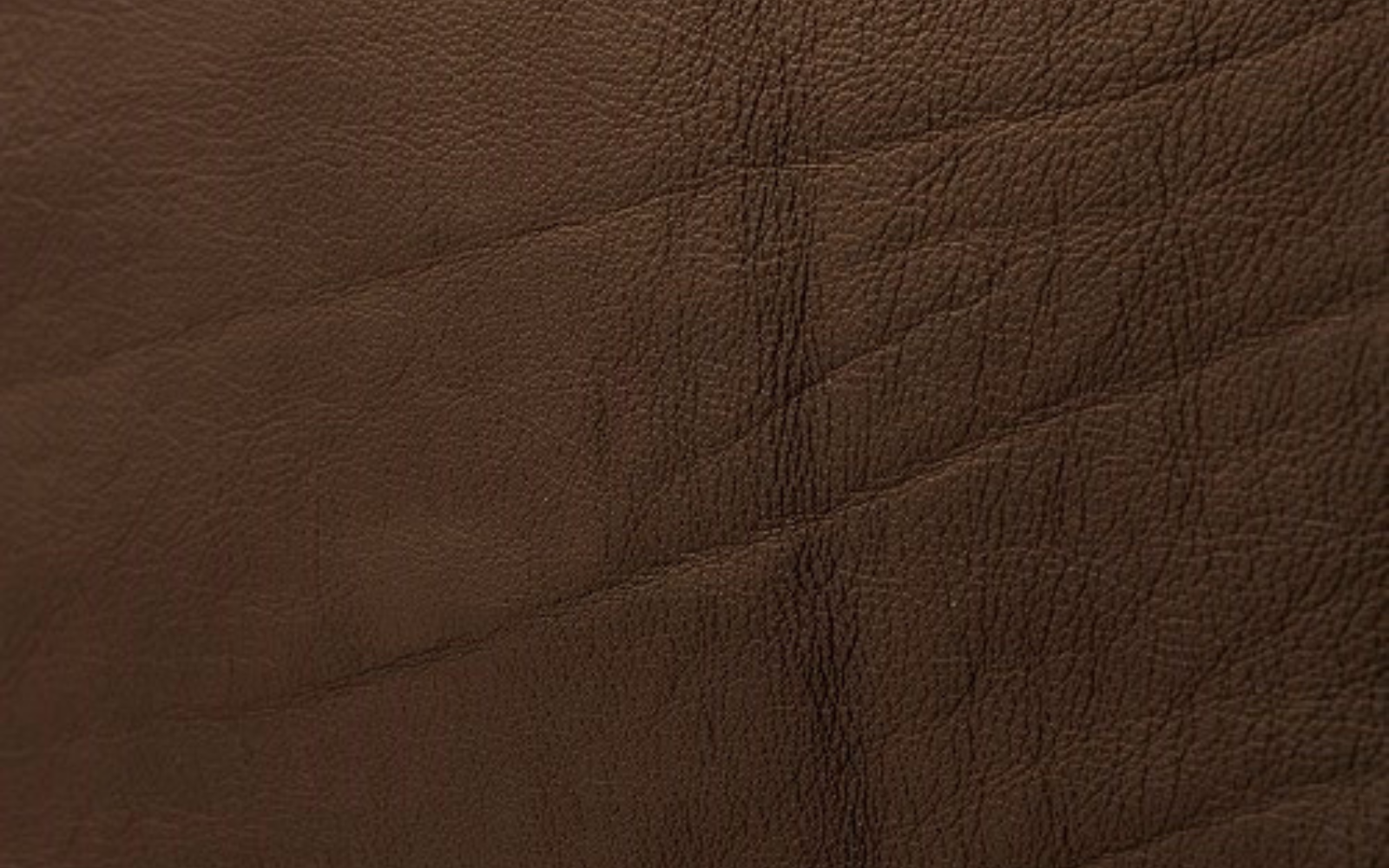
Veins
Just as you see the veins in your own skin, vein lines can appear on finished leather. This occurs when bacteria are attracted to any remaining nutrient-rich blood in the original pathways of the blood vessels before leather manufacturing begins. Skin is worn away and degraded into the pattern of the original pathways.
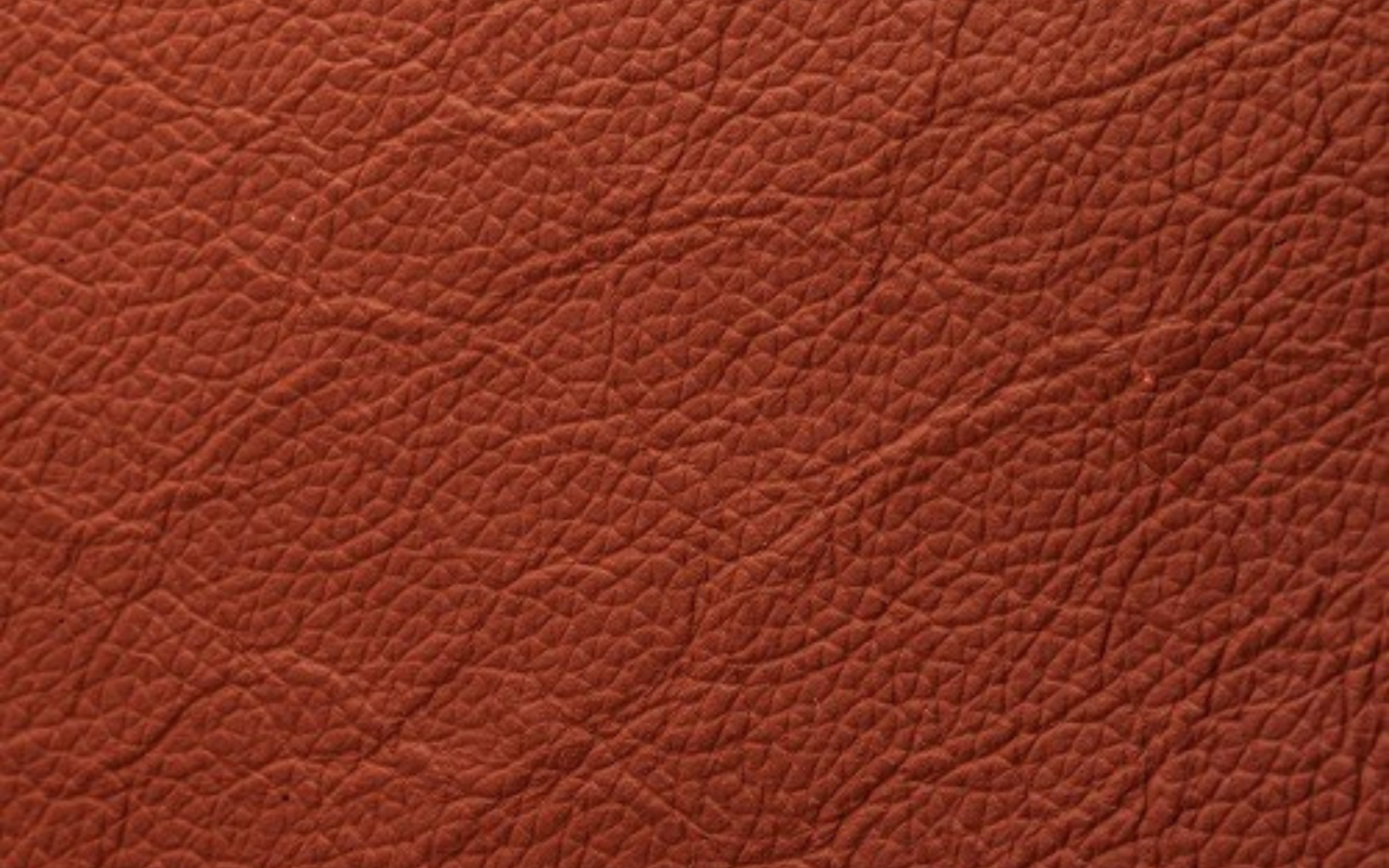
Stretch marks
In the same way humans develop stretch marks while growing, animals used for leather also have these identifiable marks. This is arguably more common in the female hides and skins, with the obvious factor of childbirth, as well as the differing amounts of fats present in the skin.
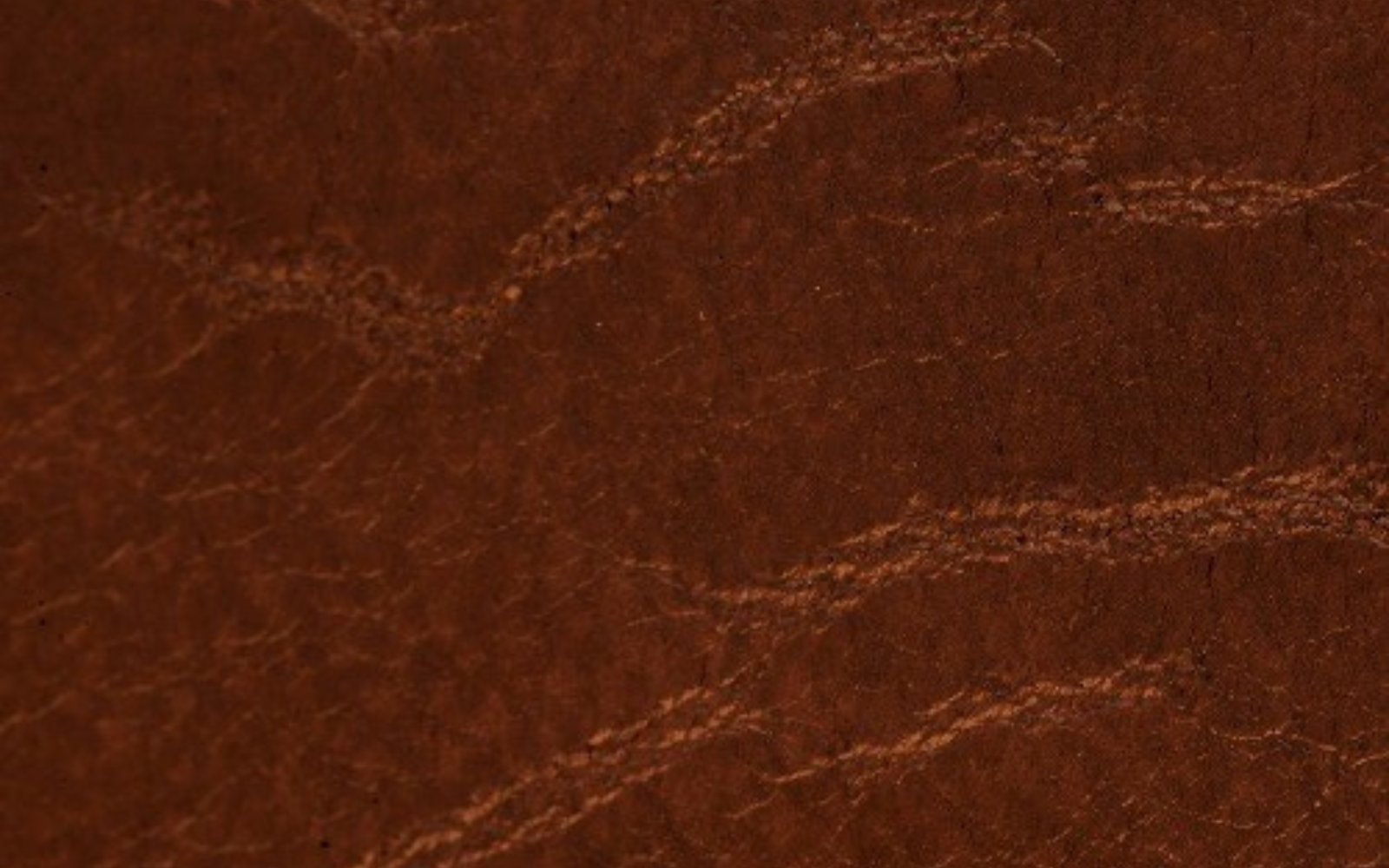
Scars
During their lifetime, animals may come into contact with various objects that can cut the skin. That can include barbed wire or another animal’s horns and may result in the scarring of the skin. Human intervention such as branding, which is done for ownership purposes, and any medical surgery could also leave a permanent scar.
Once these scars are healed, the tissue is slightly raised. However, it keeps intact its structural integrity.
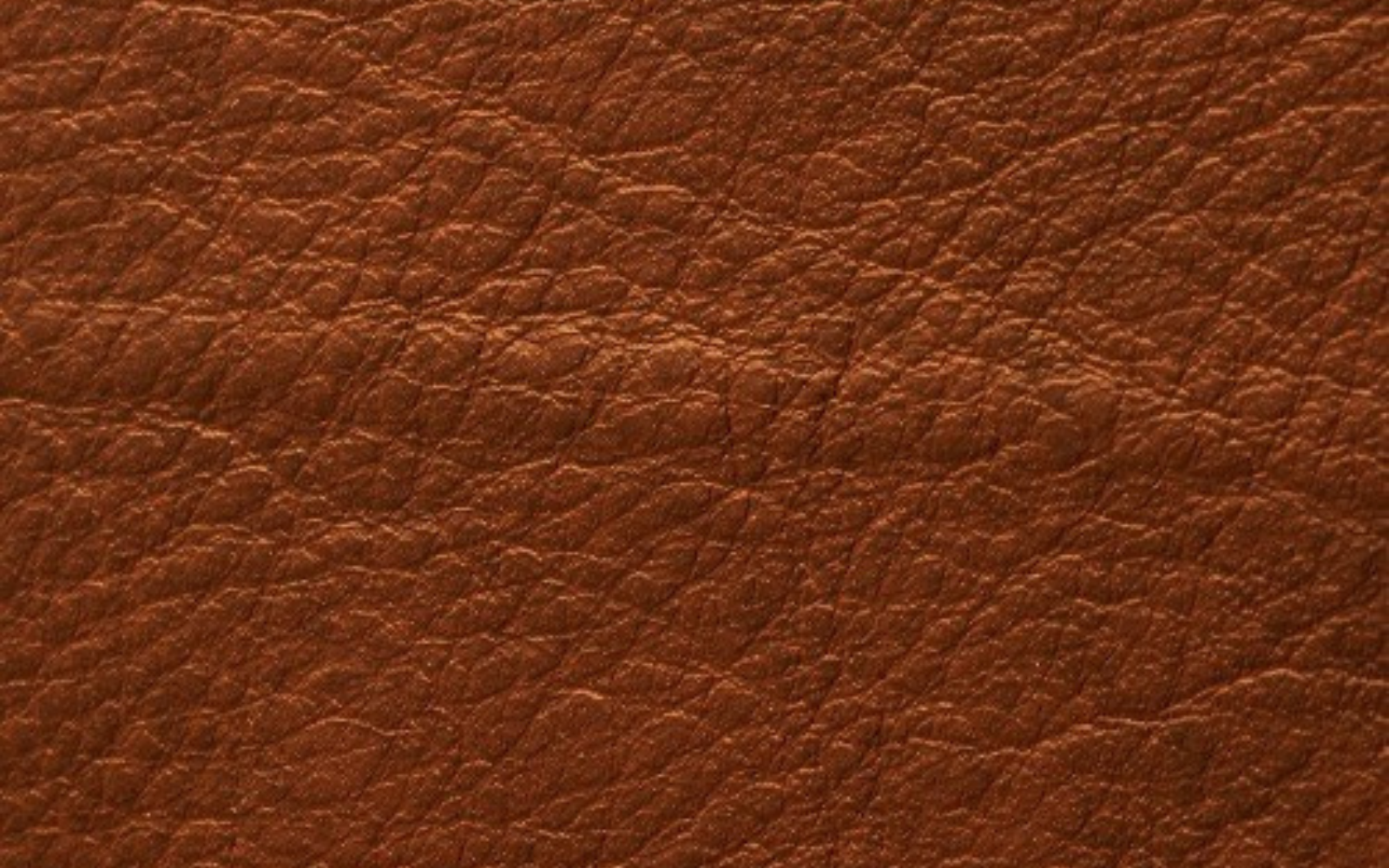
Skin disease
Psoriasis and eczema are as common in animals as they are in humans. Areas of the skin may be non-uniform where these conditions have been present. Insect bites and parasite damage such as ringworm and tapeworm may leave varying marks and scars on the skin.
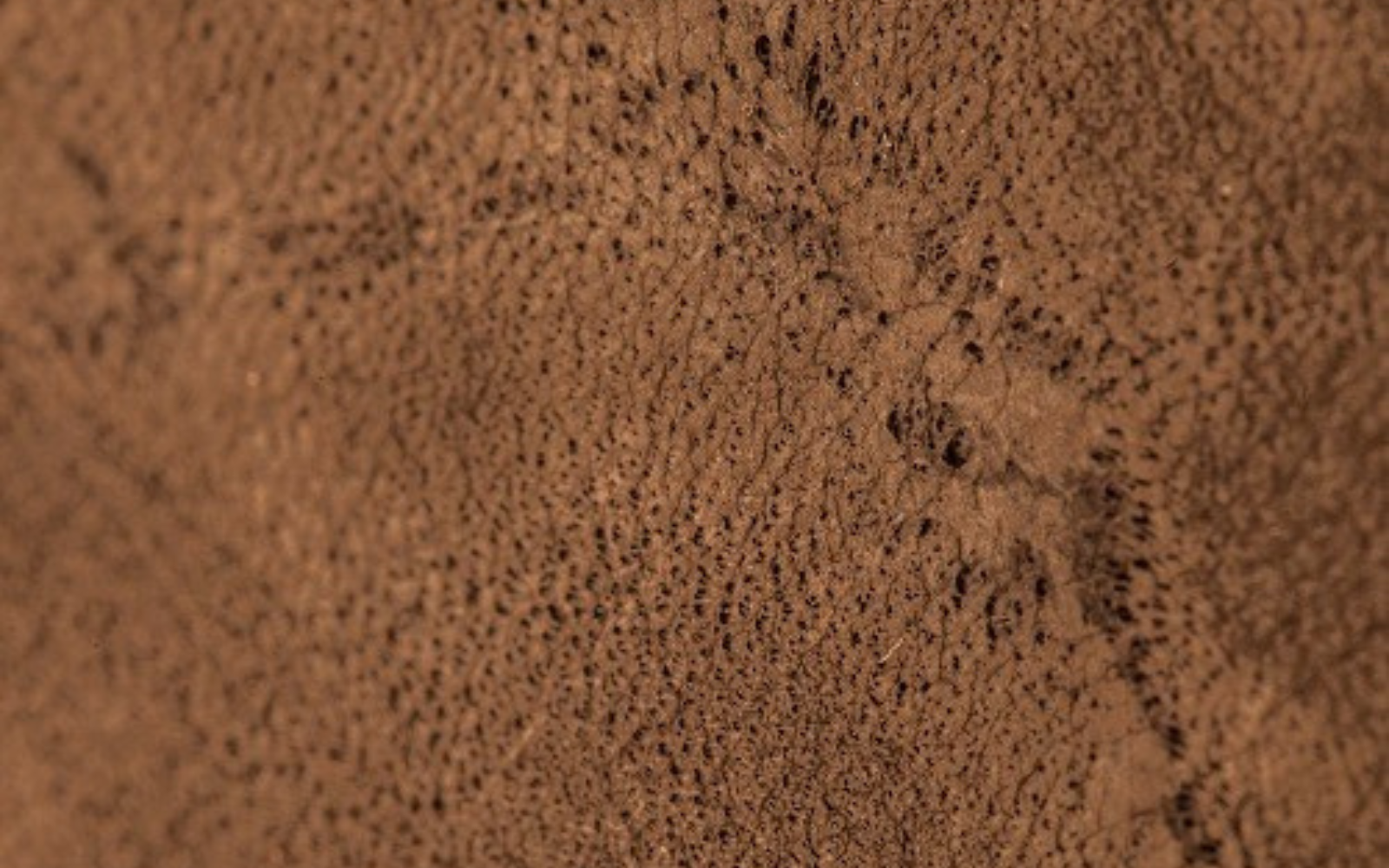
Shade differentiation
Each individual person has a different skin tone to those next to them. This is also the case in animal hides. Factors such as age, weight and size can affect the penetration of the dyestuffs. However, strict controls are applied to the chemical conditions to try to ensure an even take up.
In a full grain hide, you may find that there are different tonal hues. This is quite normal and is down to the dyeing process emphasising the natural transparency of the hide.
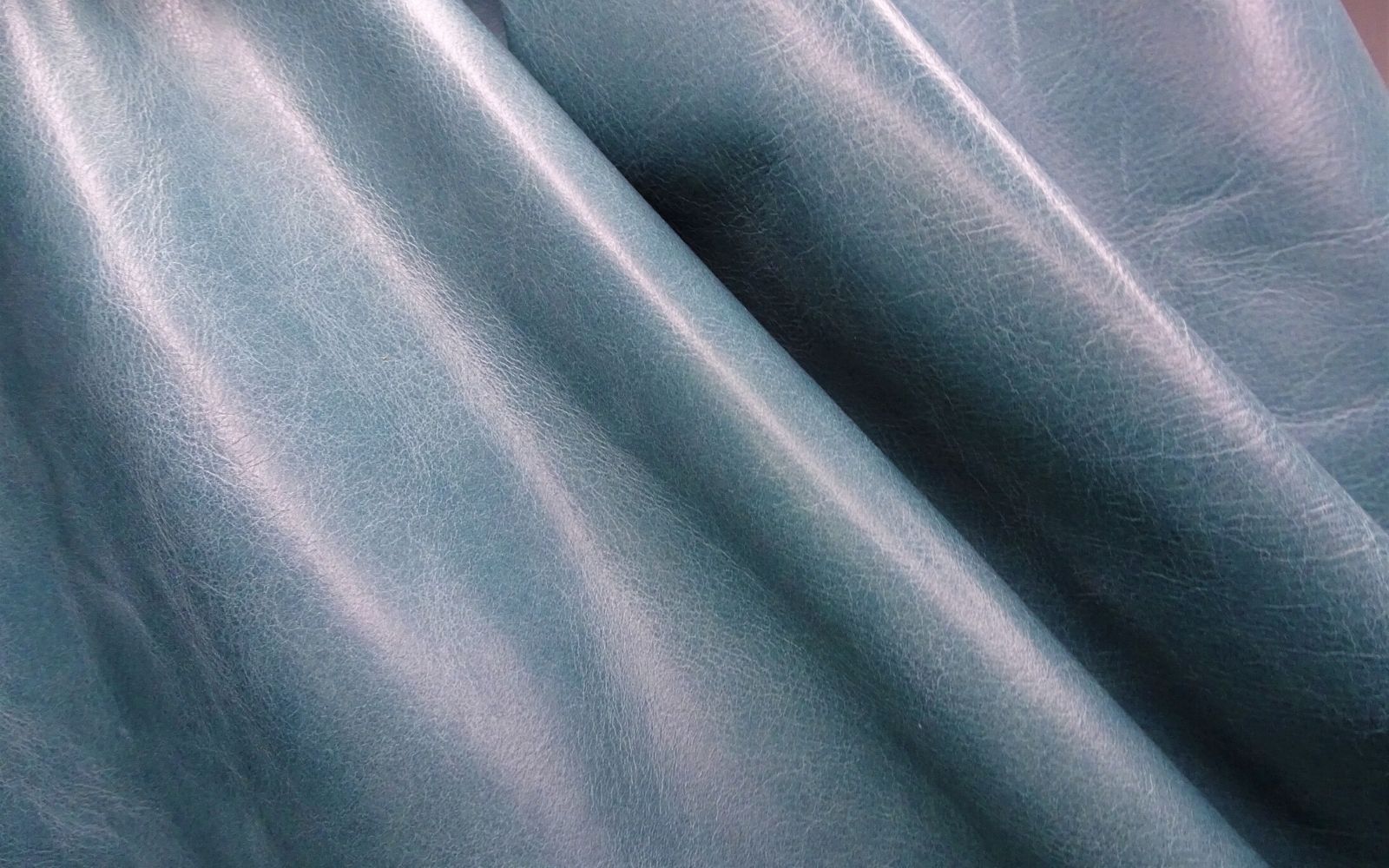
These natural characteristics may not appear on every hide or they may occur more on some than others – that is the nature of a natural product. They’re commonly seen as defects but these traits should instead be thought of as authentic marks of an individual material.
Instead of seeing an ‘imperfection’, embrace leather for what it is: a natural and beautiful material.
Find out more about the history of leather and why it’s so celebrated or get in touch to find out how leather’s characteristics can enhance your next project.

